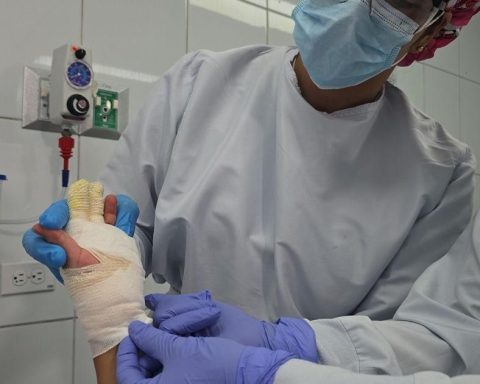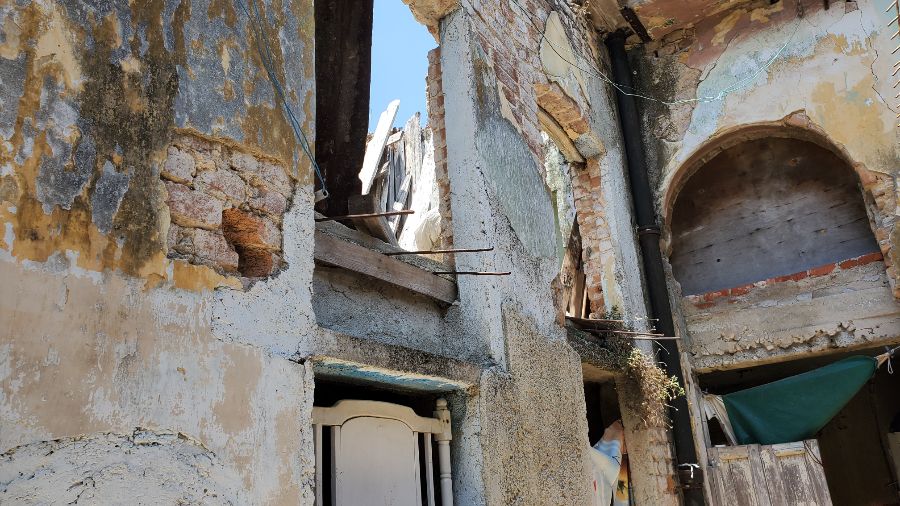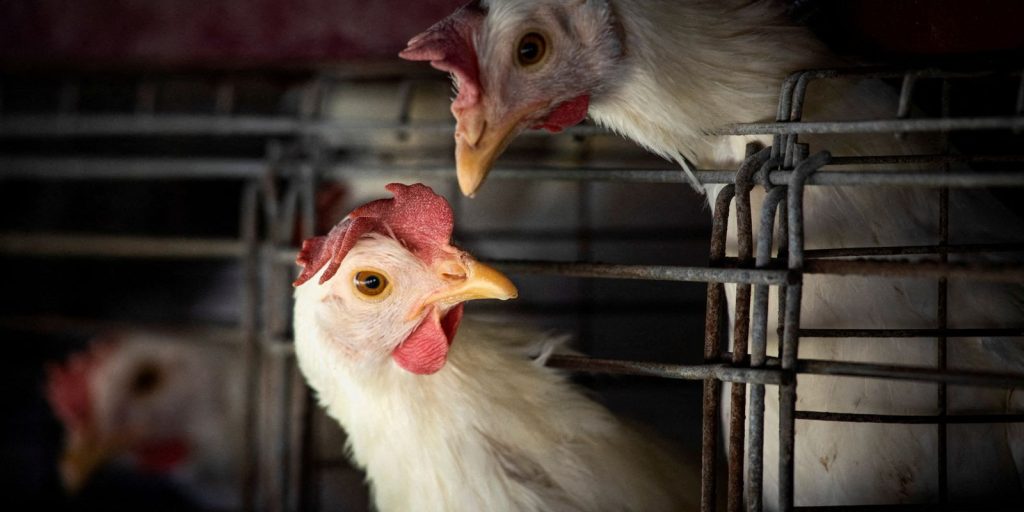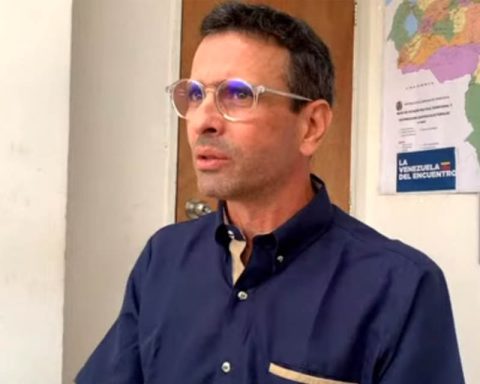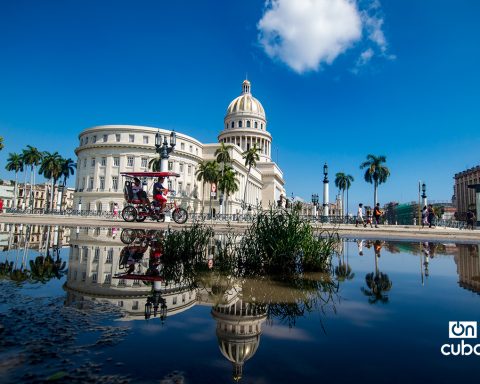In 2023, more than 1.6 million Colombians emerged from poverty according to the most recent figures from Dane, which in a new update of this panorama showed that those who left this condition mostly went to the middle class and vulnerability, while the upper class remained almost the same as in 2022.
According to the national statistical authority, based on the update of the cut-off values of the López-Calva and Ortiz-Juárez methodology (2014) and adapted to the country’s conditions last year, the poor are identified as those with a per capita income below the monetary poverty line ($435,375).
Pension reform will lead to a drastic reduction in private funds, says Moody’s
Meanwhile, the vulnerable are classified as those with a monthly per capita income between the poverty line and $853,608, while the middle class includes those with per capita incomes between $853,608 and $4,596,352.
Finally, the upper class is made up of people with incomes higher than $4,596,352 per month.
Poverty in Colombia
Santiago Saldarriaga. THE TIME
Change in distribution
The Dane accounts began by recalling that in 2023, 33% of the population residing in the country was in a condition of monetary poverty. That is, their income was below $435,000. This represents a decrease of 3.6 percentage points (pp) compared to 2022 when it was 36.6%.
In other words, 1.6 million Colombians began to have incomes above the poverty line. Likewise in the municipal capitals the balance was 30.6%, registering a decrease of 3.2 pp compared to last year, while in populated centers and dispersed rural areas monetary poverty showed a reduction of 4.7 percentage points, going from 45.9% to 41.2%.
It is worth noting at this point that state aid was essential for this improvement, since without it the figures would have been 1.2 million higher than those observed in recent reports. If extreme monetary poverty is added to the poverty figures, the picture shows that 4 out of 10 Colombians face unfavorable living conditions.
The middle class rises
Taking the income ranges stipulated by Dane for the poverty update by social class, it can be seen that a large part of the people who left this condition, moved to the middle class and to a situation of vulnerability. In 2023, 33% of the country’s population was in poverty, 31.5% in a vulnerable situation, 32.4% in the middle class and 3.1% in the upper class.

“In the municipal districts, it was recorded that 30.6% of the people were in poverty, 26.7% were vulnerable, 38.8% were middle class and 3.9% were upper class. Finally, in populated centers and dispersed rural areas, it was found that 41.2% of the population in this domain was in poverty, 47.6% were vulnerable, 10.8% were middle class and 0.4% belonged to the upper class,” added the DANE.
This means that while the number of poor people fell by 1.6 million, The vulnerable sector increased by 562,000 people and the middle class grew by 1.4 million Colombians. For the upper class, that is, those who live on more than $4.5 million a month, it went from 1.4 million in 2022 to 1.5 million people in 2023.
The city where you need to have more than one job to cope with the cost of living
According to experts, households in vulnerable conditions are those living on less than US$10 per day ($45,000), an income level that puts them at risk of falling into poverty; therefore, they are a sector of the population that requires special attention from the authorities.
Changes by region
Another of the approaches presented by the Dane in this report is the discrimination of changes in social classes by cities, where it can be seen that Medellín, Barranquilla and Bogotá had notable growth in the middle class, while vulnerability skyrocketed in territories such as Cúcuta.

Bogota
Mauricio Moreno / Portfolio
In the case of poverty, the sharpest declines occurred in Bogotá (-326,000), Barranquilla (-117,000), Medellín (-75,000) and Cúcuta (-67,000); while Villavicencio (10,000), Valledupar (9,000) and Popayán (4,000); were the only three capital cities in which this scourge grew.
Likewise, in the case of vulnerability, Bogotá (-50,000), Medellín (-29,000) and Manizales (-5,000) had the sharpest declines and in contrast, Cúcuta (32,000), Barranquilla (22,000) and Santa Marta (10,000) were characterized by stronger growth between 2022 and 2023.
As for the middle class, the category that had the most pronounced variations, Bogotá again appears with the most notable positive change (362,000), followed by Medellín (143,000), Barranquilla (99,000) and Cúcuta (41,000). The opposite happened with Villavicencio (-7,000) and Valledupar (-2,000); the only two cities where the middle class shrank last year.
Finally, for the upper class, that is, those who live on more than $4.5 million per month per person, the range of people increased in Bogotá (80,000), Medellín (27,000) and Barranquilla (18,000), while it decreased in Cali (-11,000), Villavicencio (-3,000), Pereira (-2,000) and Popayán (-1,000).


